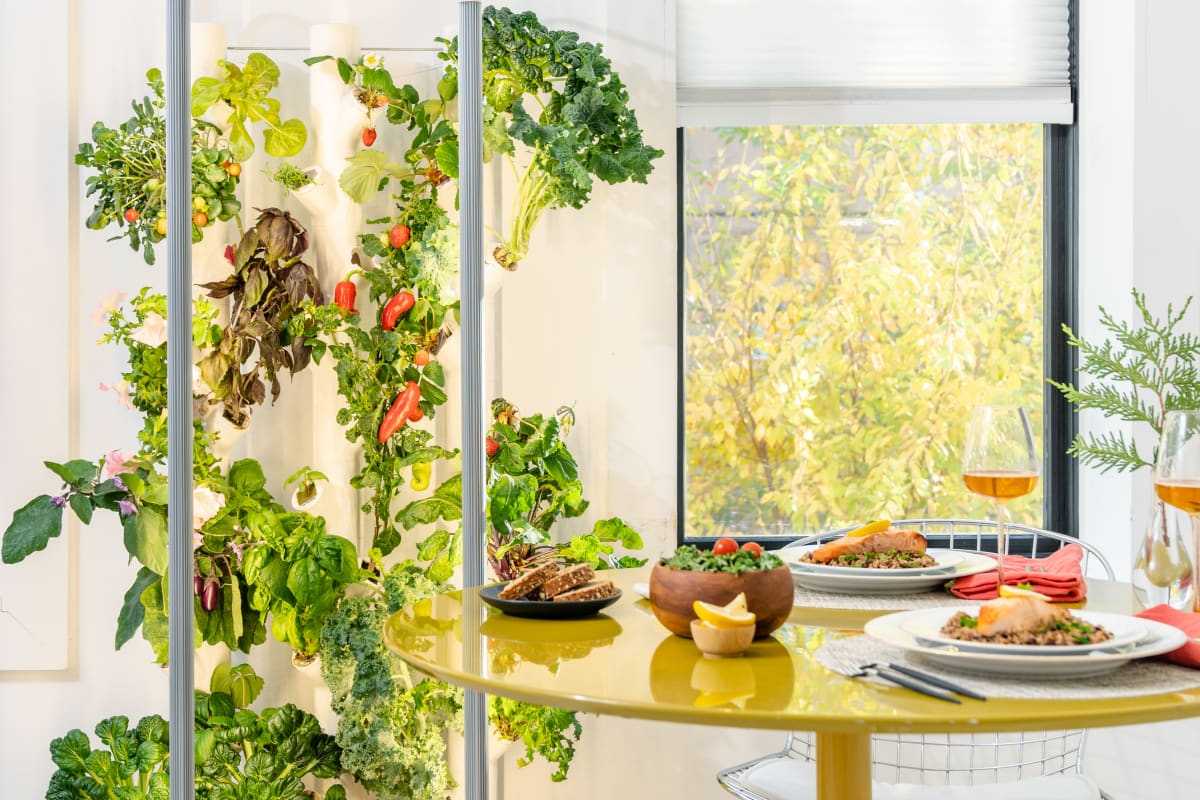To make learning fun and interactive, we’ve compiled 100 garden vocabulary words ideal for educational activities, such as games to review vocabulary. This list is designed to expand the student’s gardening knowledge, covering various aspects, from plant types to garden trends. You can use this list to engage students through games like “password, ” ” word bingo, ” ” matching words, ” or “charades”. The list is categorized into five sections, each containing …
100 Garden Vocabulary Words for the next Quiz Game
To make learning fun and interactive, we’ve compiled 100 garden vocabulary words ideal for educational activities, such as games to review vocabulary. This list is designed to expand the student’s gardening knowledge, covering various aspects, from plant types to garden trends. You can use this list to engage students through games like “password, ” ” word bingo, ” ” matching words, ” or “charades”. The list is categorized into five sections, each containing …
















